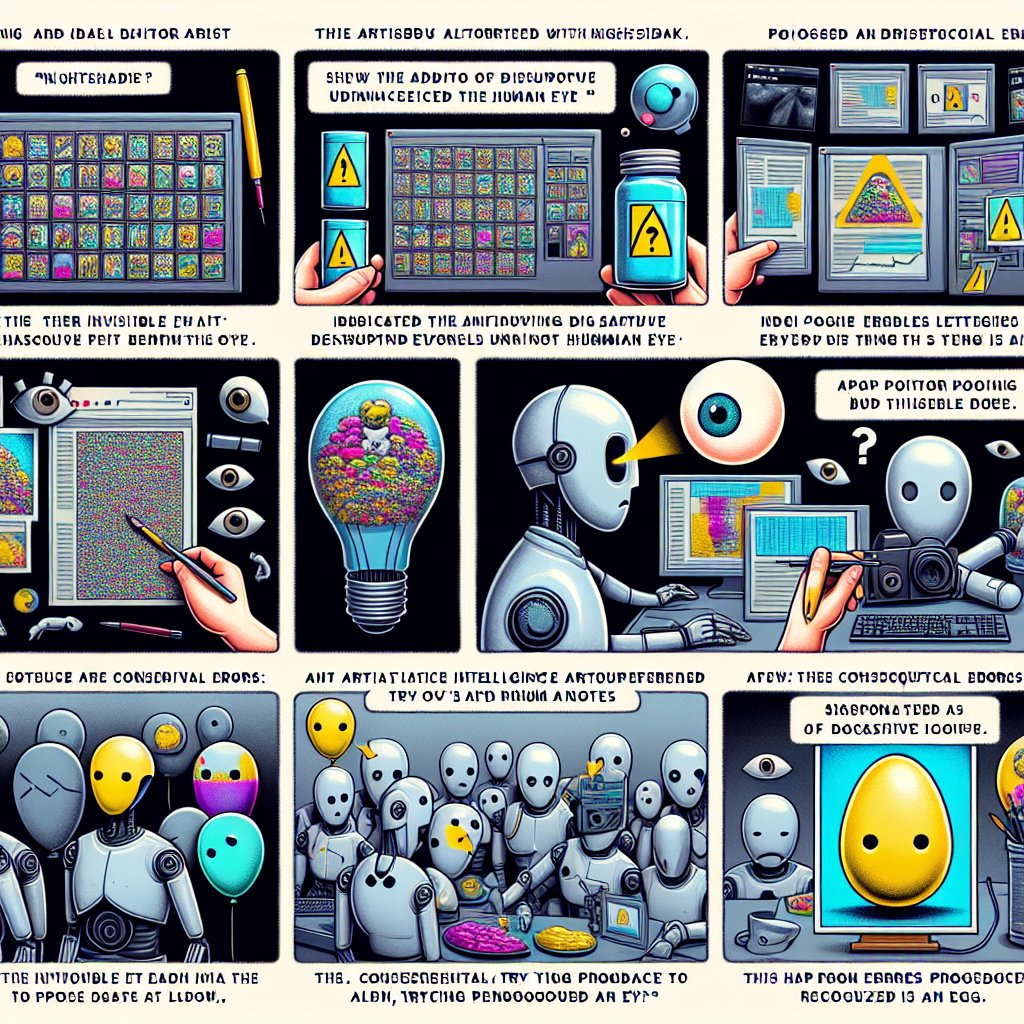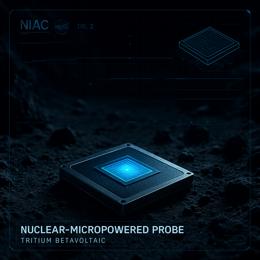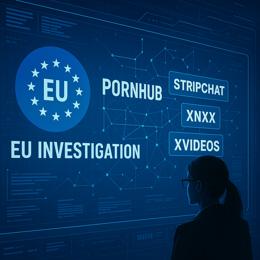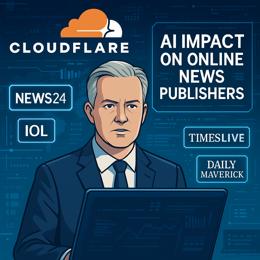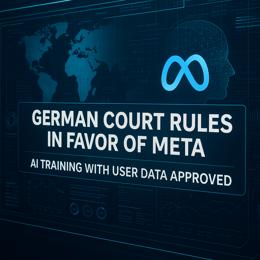Content created by AI
Artists Strike Back: Data Poisoning Disrupts AI, Upholds Copyrights
In an age where artificial intelligence (AI) has become an integral part of content generation, a new phenomenon known as 'data poisoning' is disrupting the digital landscape. Artists and creators are pushing back against big tech's unauthorized use of their work, using sophisticated techniques to protect their intellectual property and challenge current data usage practices.
Data Poisoning: The Artists' Defense Mechanism
Text-to-image generators like Midjourney or DALL-E have gained popularity for their ability to transform written prompts into vivid images. However, not all is well in the world of AI content generation. Some artists have noticed that these tools can produce incorrect or nonsensical results, a symptom of what is called 'data poisoning.'
Data poisoning occurs when AI models, trained on vast datasets compiled by scraping the internet, encounter images that have been subtly altered. These modifications are imperceptible to the human eye but cause the AI to incorrectly identify and classify the images. A tool called 'Nightshade' epitomizes this rebel technology, allowing artists to embed these alterations into their artwork. If an AI scrapes a 'poisoned' image for its learning process, the result is a corrupted dataset that leads to erratic outputs by the AI.
Understanding the Impact of Data Poisoning
The catastrophic effects of incorporating poisoned images into AI training datasets are significant. If a model is trained on an image of a balloon that has been poisoned to be recognized as an egg, users can expect erratic responses to their prompts. The issue compounds as the number of poisoned images increases, causing widespread inaccuracies not just for the object in question but for related terms as well.
Additionally, these disruptions reveal deeper implications for AI-powered services that rely on visual recognition. In well-documented cases, AI has been challenged by the correct rendering of complex shapes like hands, and data poisoning could exacerbate these issues by introducing new errors or nonsensical interpretations.
Countering Data Poisoning: A Call for Ethical Data Practices
The growing instances of data poisoning reflect a broader debate about responsible data sourcing, copyright respect, and technological governance. The simplest countermeasure would be for companies and AI developers to meticulously source their input data, ensuring proper licensing and ownership of images. This approach, however, goes against a long-standing belief among some computer scientists who view any online data as fair game for their endeavors.
Techniques like ensemble modeling, where multiple models are compared to detect anomalies, and audits through a curated 'test battery' are also emerging as potential solutions. These methods may help identify and filter out poisoned datasets, preserving the integrity of AI models.
Adversarial Approaches Beyond Data Poisoning
Data poisoning isn't the first 'adversarial approach' designed to trick or impair AI systems. Prior methods have included using makeup and costumes to escape facial recognition technology. Such techniques underscore a broader concern about the indiscriminate application of AI, especially with systems that implicate privacy and individual rights, like those operated by Clearview AI.
The Intersection of Rights, Art, and Technology
As the discourse on technological governance continues, it is vital to recognize that data poisoning is more than just a technical snag—it's a grassroots strategy for defending the moral rights of creators in the digital era. While tech companies may focus on patch-fixing the issue, the heart of the matter lies in balancing innovation with respect for individual creativity and property.
